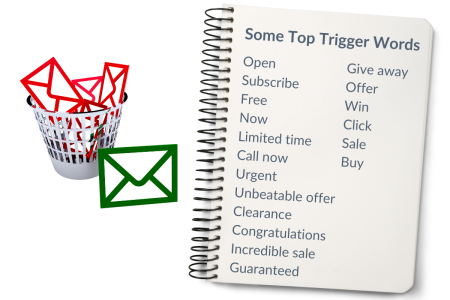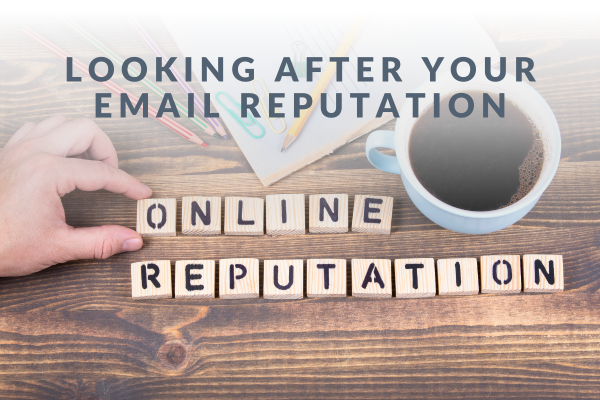You’ve heard the saying, “Reputation is everything”? Nowhere is this truer in the modern world than online. Ignore the integrity of your email reputation and you risk falling foul of Internet Service Providers (ISP) and then you have a deliverability problem. Here we have put together our top 3 tips for looking after your email reputation - and one more that you may not have heard about - and explain why it is so important.
Permission
The days of scraping emails off the internet or buying lists from dubious providers and getting away with it are way behind us. Data protection law and anti-spam software has caught up and often recipients of unsolicited emails will simply report it as spam, that is if the ISP hasn’t automatically detected it and routed it straight to junk already.
The simple (and legal) way to ensure that your email is seen as trustworthy is to get permission. Use a double opt-in and ask your shiny new subscriber to add you to their address book and straightaway you will be gaining reputation brownie points from their ISP.

Email Content
This is a simple win. Firstly, make sure that your email has no broken links or invisible text or red text. ISPs can detect this and put a spam marker on your domain name. While we’re talking content, try to keep your email short (50-100 words is ideal) and use images for your call to action. Don’t get carried away and use too many images though – about 60% text and 40% images is about perfect.
Next, make sure that you are using the same email-friendly font throughout and don’t mix font sizes unless you are using a heading or sub-heading in longer text (If you must). Overusing capitals, punctuation and emojis - WOW YOU HAVE TO SEE THIS!!!!!!!!!!!!👀👀👀👀👀👀
is just annoying. No-one likes being shouted at… be more creative and use the recipient’s name to attract their attention and you should improve your open rate.
Avoid trigger words – you know the kind we mean! “Unbeatable Offer”, “Incredible Sale”, “Free”, “Bargain” – the list is endless! ISPs look dimly on these and it will mark up your spam score quickly.
Lastly, test sending your email and viewing on as many different devices as possible will ensure that your masterpiece looks as good as you intended it to when it reaches the recipient.

Maintain the Relationship
Everyone loves to feel special and in the busy world of the inbox, this is doubly true. Segmenting your contact list by using tagging, ensures that you are sending content that is interesting to your subscribers. Taking time to plan your message and only sending it to those who are interested, will keep your open rates healthy.
Personalising the email experience is important too – if you have your contact’s name then use it. Seeing their name in the subject improves your chances of getting your email opened.
Good housekeeping is essential for a healthy open rate, and this is where email marketing software such as Mailchimp or HubSpot will save you hours of time. Clean your list regularly - try to re-engage lapsed users but don’t keep them on your list if they never open your emails. Don’t email bounced contacts and make sure that unsubscribed contacts are removed completely.

Protect your Identity
Scammers need integrity and they are very adept at stealing it from genuine businesses. Businesses in the financial and security sectors should be especially vigilant as they are among the most targeted. Scammers will hack an organisation and spoof the domain name, replicating it so that their message appears to come from an authentic source.
One company that we started working with had 6 computers spoofing their domain in the first week we started monitoring them. We were able to identify these using Domain Message Authentication Reporting and Conformance (DMARC) and set up a framework to ensure that emails could only be sent from authorised computers using the Sender Policy Framework (SPF). We then started cryptographically signing all their emails using Domain Keys Identified Mail (DKIM). DKIM lets receiving servers verify the message actually comes from your organisation. Once we were happy that all their emails were compliant, we were able to tighten up the DMARC policy so that receiving servers rejected any emails that were not properly signed and authorised.
Having correct SPF records, DKIM signing and a tight DMARC policy improves your domains reputation hugely, improving your email deliverability and reducing the emails that go into you customers’ spam folder.
Please get in touch if you would like to know more about DMARC and protecting your business from spoofing attacks.







